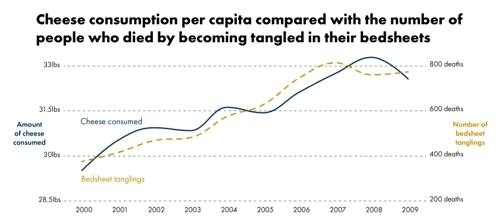
Commercial access to public sector data needs to change
Professor Roger Halliday discusses the circumstances under which the commercial sector is allowed access to public sector data.
Roger Halliday
23 May 2023

Research Data Scotland
06 Jul 2023
Last month, Professor Roger Halliday, CEO of Research Data Scotland, presented to MSPs at the Scottish Parliament on a critical approach to numbers and the importance of interrogating statistics to discover whether useful insights can be revealed.
Hosted by the Scottish Parliament Information Centre (SPICe) on 7 June, the session saw over 40 MSPs and staff gather to learn more about critically assessing and understanding numbers.
Professor Halliday shared insights from his presentation in a recent guest blog for SPICe. “The use of data and statistics is an increasingly important tool in parliamentary scrutiny”, he wrote, “but the volume and complexity of data can often be a challenge for MSPs and officials to interpret confidently and to tell good from bad data.
“Being able to assess numbers presented to you in a media report or a report is a useful skill and the Royal Statistical Society, amongst others, has some valuable resources that can help.”
Data and statistics can provide valuable insights into people, places and businesses, but there are risks in interpreting data without applying appropriate scrutiny. It is important not to misunderstand the connection between two factors and misinterpret correlation as causation, highlighted by Professor Halliday using the below graph. According to these figures, it could be assumed that eating cheese is causing Americans to become tangled in bedsheets. While in reality, the figures are likely unrelated. The critical question to ask yourself is ‘does A cause B or is it just a spurious correlation?’

Even once causation has been established, it can be difficult to tell which data is useful when seeking to gather evidence to improve lives. To assess the helpfulness of data, Professor Halliday suggests five more questions to consider:
Research Data Scotland’s work is founded on the belief that data is an invaluable tool for gathering insights and improving lives. SPICe shares this value, and provide impartial, factual, accurate and timely information and analysis to MSPs and Scottish Parliament staff. They supply information at research briefings, support parliamentary committees, and publish analysis on current issues on the SPICe Spotlight blog.
Professor Halliday praised the work of those involved in understanding and articulating statistics to MSPs and the public, saying, “Official statistics are produced to high standards that avoid the potential pitfalls of bias and inaccurate reporting. It was excellent to hear from the official statistics regulator about their work ensuring those across the Government Statistical Service meet that high quality, and calling out occasions where statistics are quoted in public debate that don’t live up to those standards.”
Related content

Professor Roger Halliday discusses the circumstances under which the commercial sector is allowed access to public sector data.
Roger Halliday
23 May 2023

As we move into our second year of operating as a not-for-profit charitable organisation, Research Data Scotland (RDS) is moving at pace to ensure Scotland’s public sector data can be accessed quickly and with less friction.
Roger Halliday
17 May 2023
To stay updated with Research Data Scotland, subscribe to our mailing list or follow us on Twitter and LinkedIn.
